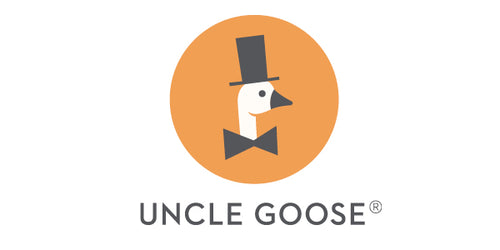
How Florence Nightingale Raised the Public Perception of Nurses
“How very little can be done under the spirit of fear.” -Florence Nightingale
It’s one thing to understand the connection between sanitation and infection prevention. However, successfully communicating that concept to an unwilling public is another thing entirely.
In the mid-1800’s, this Herculean task fell to Florence Nightingale. An advocate for sanitation and preventing infection, the well-known British nurse was also an educator and a pioneer in data visualization.
When she practiced as a nurse in the Crimean War in 1854, Nightingale traveled to Turkey with a team of nurses. There, they found gravely unsanitary conditions at the base hospital. More soldiers were dying from infections than they were from their wounds.
Nightingale and her team of dedicated nursing professionals cleaned up the hospital. They not only scrubbed it, but insisted on cleanliness and sanitation standards in hospital settings.
She visited soldiers at the base hospital at night with a lantern. Because of this, Nightingale became known as “The Lady with the Lamp.”
After implementing cleanliness standards and practices, deaths from infection dropped dramatically. Nightingale created a polar area diagram to show the reduction in deaths due to infection prevention efforts.
Her charts made her an early leader in data visualization. Florence Nightingale was the first woman to become a membership in the Royal Statistical Society. She also became an honorary member of the American Statistical Association.
Nightingale educated the public on the connection between hygiene and preventing infection. She and her nurses educated patients so they could take care of themselves better.
Today, we know how courageous and valuable nurses are. But before Nightingale’s educational efforts, nursing was not viewed as a noble profession.
Florence Nightingale made the public appreciate the connection between sanitation and infection prevention. She made a lasting impact by setting the standard for both sanitation and modern nursing.

